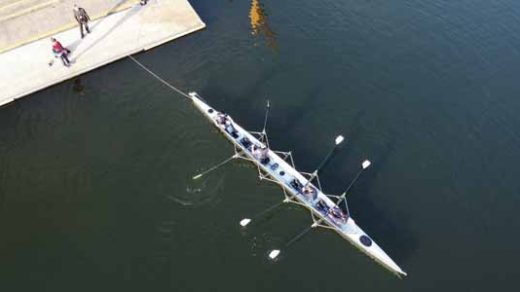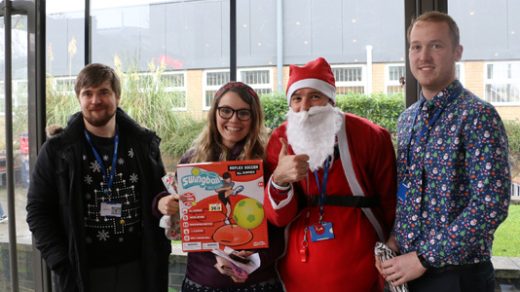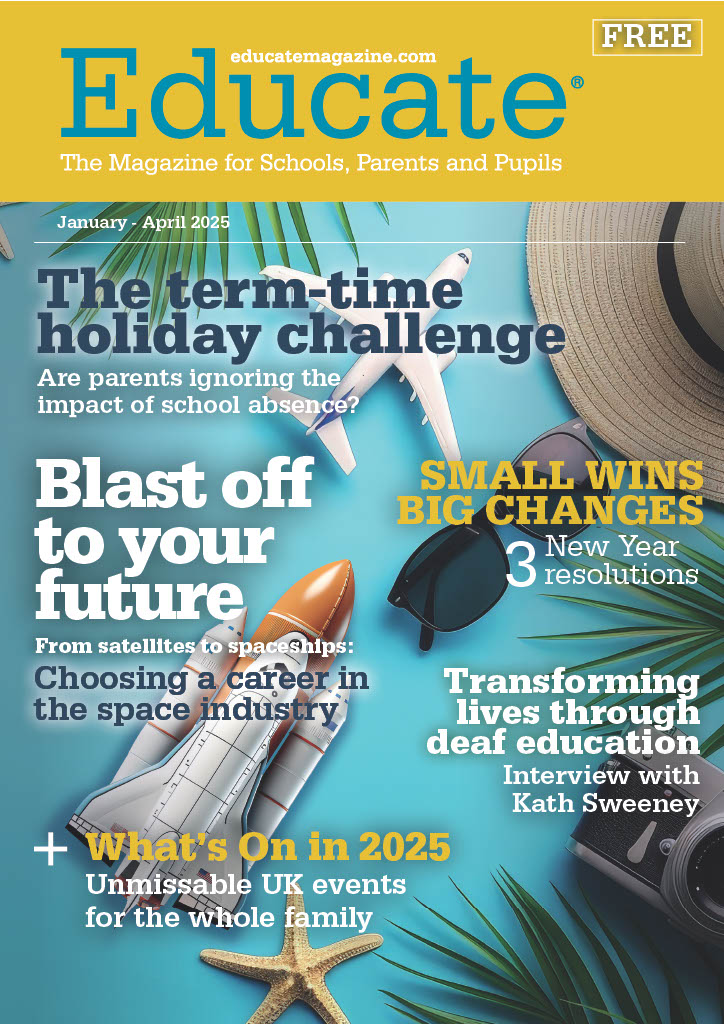“Eye health in young people is not an optional extra” – New research shows children with uncorrected poor eyesight learn half as much as their classmates

To mark World Sight Day 2024 (10 October), new research from the International Agency for the Prevention of Blindness (IAPB) and eye care charity, the Seva Foundation, shows that a child with poor vision learns approximately half as much as a child with good or corrected vision.
This translates directly into lifetime earnings for the individual; for example, if a five-year-old is provided with glasses in primary school and continues to wear them until they are 18, they will earn, on average, 78 per cent more over their lifetime than if they never had their vision corrected.
On a global scale, this accumulates into 6.3 million years of schooling being lost every year, and a future economic productivity loss of $173 billion, according to the research. Losses are seen across both high, low and middle income countries.
Every school day, 17.8 million children around the world go to class with uncorrected vision. Children with refractive errors – such as near or far sightedness or distorted/blurred vision (astigmatism) – are unable to see blackboards and books, learning much less than their peers.
Brad Wong, chief economist at the Seva Foundation, said: “With this very first global estimate of actual learning losses associated with poor vision, we see just how important it is to get glasses when you need them.
“Most often, we are talking about simple refractive errors, which are easy to correct – but which, if uncorrected, have a detrimental effect on both the individual child and society as a whole.”
Peter Holland, chief executive officer at the IAPB, said: “Early intervention, regular eye checks and access to good quality eye care and glasses are critical to unlocking education opportunities and children’s future economic potential.
“Eye health in young people is not an optional extra – it is vital to their and our future.”






